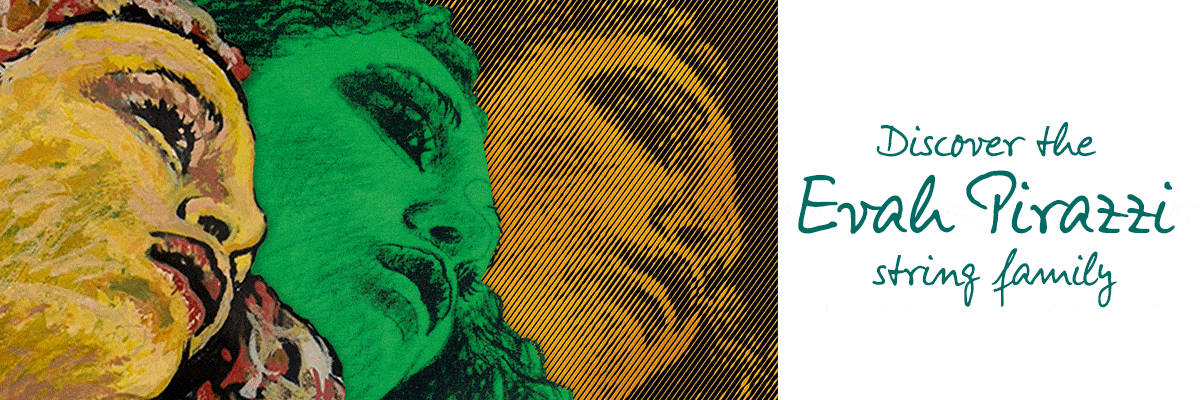Any problems with bow hair facing away from the bridge?
I have a student who plays with the bow hairs facing away from the bridge. I myself was taught to play the opposite way, with the bow hair facing towards the bridge, and that's how I assume most people play. However, I cannot figure out exactly what the issue is with the bow hairs facing away from the player instead of the other way around.My question is: which way should the bow hairs face? Is it a regional thing, or is there actually a correct direction? Does it matter which way the bow faces? Is there an example of technique that would work better with the bow facing one way rather than the other?
If I correct my student, what justification should I use to tell them to change the way they hold their bow? Is this mostly an issue of violin culture, or is there an actual playability or injury/ergonomic/long term issue with making the bow hair face away from the bridge? Would a conductor think it odd that someone's bow hairs face out, or is this just something that only I find odd and is actually completely normal? I wouldn't know because I have only limited experience with seeing how different people play.
Tweet
Replies (9)
For example, one would use a different amount of tilt for a classical spicatto than for, say, Prokofiev's "Death of Tybalt" scene.
Tilting the bow back towards the bow is indicative of a poor/lazy bow hand/arm, and will limit a student of classical music, just as flat left-hand fingers or a left elbow pointed far to the left.
If you're talking a country or Celtic fiddle, I guess who cares?
But these basic elements of technique evolved over the centuries for a good reason.
It's your job as a teacher to clean up this student's poor technique...or the next teacher will have to. If it's even possible by that point.
Did you mean to ask about different ways of angling the bow stick, relative to the hair?
Some people play with a flat hair and their hand putting downward force, but most people, most of the time, play with a bow tilted with the stick away from the bridge, like you were engaging the throttle on a motorcycle.
Often students are taught to start tilted at the frog and then flatten the hair (bring the bow perpendicular) as they draw. And that seems to happen pretty naturally. What about your student? Does the bow just get more and more mis-tilted as (s)he draws?
Violinist.com is made possible by...
Dimitri Musafia, Master Maker of Violin and Viola Cases
Johnson String Instrument/Carriage House Violins
Subscribe
Laurie's Books
Discover the best of Violinist.com in these collections of editor Laurie Niles' exclusive interviews.

Violinist.com Interviews Volume 1, with introduction by Hilary Hahn

Violinist.com Interviews Volume 2, with introduction by Rachel Barton Pine














But if the student has no other options for lessons, it's not a position of the wrist that allows the smooth transmission of arm weight. You probably have to have a weird bowhold too. There are a number of strokes you won't be able to do. You won't develop a good sound.
I think I've heard a downbow staccato taught that way; so yeah, pointless.